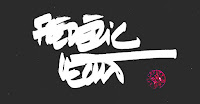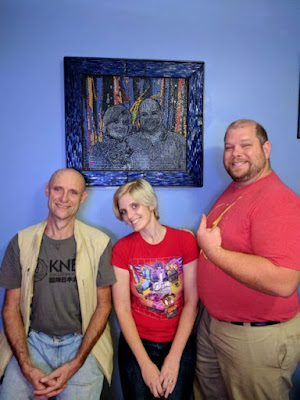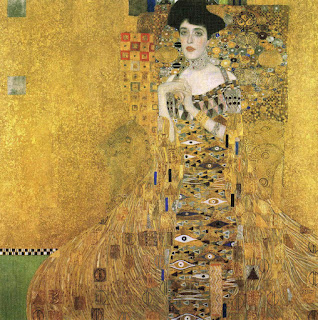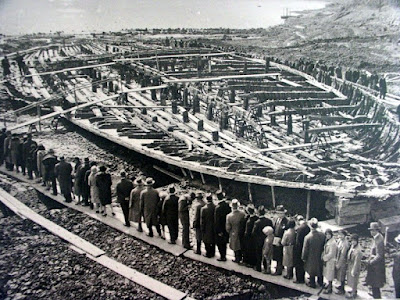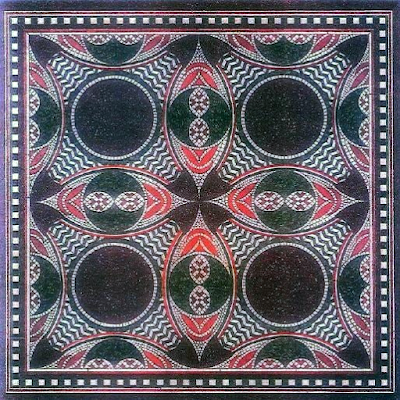
L'etude des mosaiques romaines revele enormement de choses sur la vie quotidienne des nos ancetres, et egalement sur la maniere dont travaillaient les mosaicistes antiques.
Je suis persuade que nos ancetres utilisaient des livres - catalogues de dessins pour montrer a leur clients ce qu'ils pourraient executer pour eux. Sur ce sujet, j'ai ecrit il y a quelques temps un article sur la Mona Lisa de Galilee et sa copie.
Voici a present trois superbes pieces qui illustrent fort bien comment les artistes de l'Antiquite se copiaient, ou peut etre s'empruntaient les modeles de leurs oeuvres.
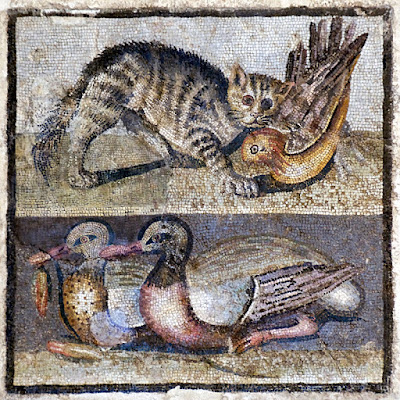 |
| Mosaique de sol. Villa du quartier romain de Cecchignola |
Emblème d'une mosaïque de sol représentant un chat et deux canards. Opus vermiculatum, œuvre romaine de la fin de l'époque républicaine, premier quart du Ier siècle av. J.-C. Visible au Musee national de Rome - Pallazo Massimo alle Terme
 |
| Mosaique de sol, Maison du Faune, Pompei |
Mosaique provenant du Triclinium de la Maison du Faune a Pompeii, visible au Musee Archeologique de Naples (Museo Archeologico Nazionale - inv. nr. 9993).
 |
| Mosaique de sol, Musee du Vatican |
Mosaique de provenance inconnue visible au Musee du Vatican.
Ces trois pieces sont clairement apparentees. Leur architecture est similaire. Elles sont composees de deux tableaux superposes. Dans le tableau superieur, un chat attaque un oiseau, dans le tableau inferieur, deux canards vivants sont en accompagnes de divers mets - fruits, fleurs, fruits de mer et/ou petits oiseaux.
Ce type de mosaique "Emblema" etaient produits par des maitres artisans employes dans des ateliers tres specialises. Une fois terminees, elles etaient expediees pour etre inserees in situ au sein d'autres mosaiques de facture moins complexe.
Les experts s'accordent a penser qu'il devait au 1er siecle n'exister que deux de ces ateliers, probablement en Grece, et en Syrie ou Turquie.
Je pense que les deux pieces de Pompeii et Ceccigniola furent executees dans le meme atelier, peut etre par le meme artiste, et que la piece du Musee du Vatican fut realisee plus tardivement par un artiste de moindre abilete.
Comment les dessins passerent-ils de l'un a l'autre ? Je pense que les mosaicistes de l'antiquite disposaient de livres - catalogues de dessins transmis de Maitre a Apprentis ou copies, avec ou sans permission, par les artisans charges d'installer in situ les emblema expediees depuis l'atelier de production.
Si vous avez des connaissances sur ce sujet, merci de bien vouloir les partager !
Je
suis un mosaïste Français
vivant
a Headland en Alabama
dans
le Sud des Etats Unis.
J'aime
inspirer les gens.
Vous
pouvez voir mon travail
a
Vous
pouvez me contacter
par téléphone au
(334) 798 1639
ou par e-mail a
Vous
pouvez aussi vous abonner
a
ma lettre d'information

